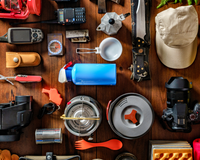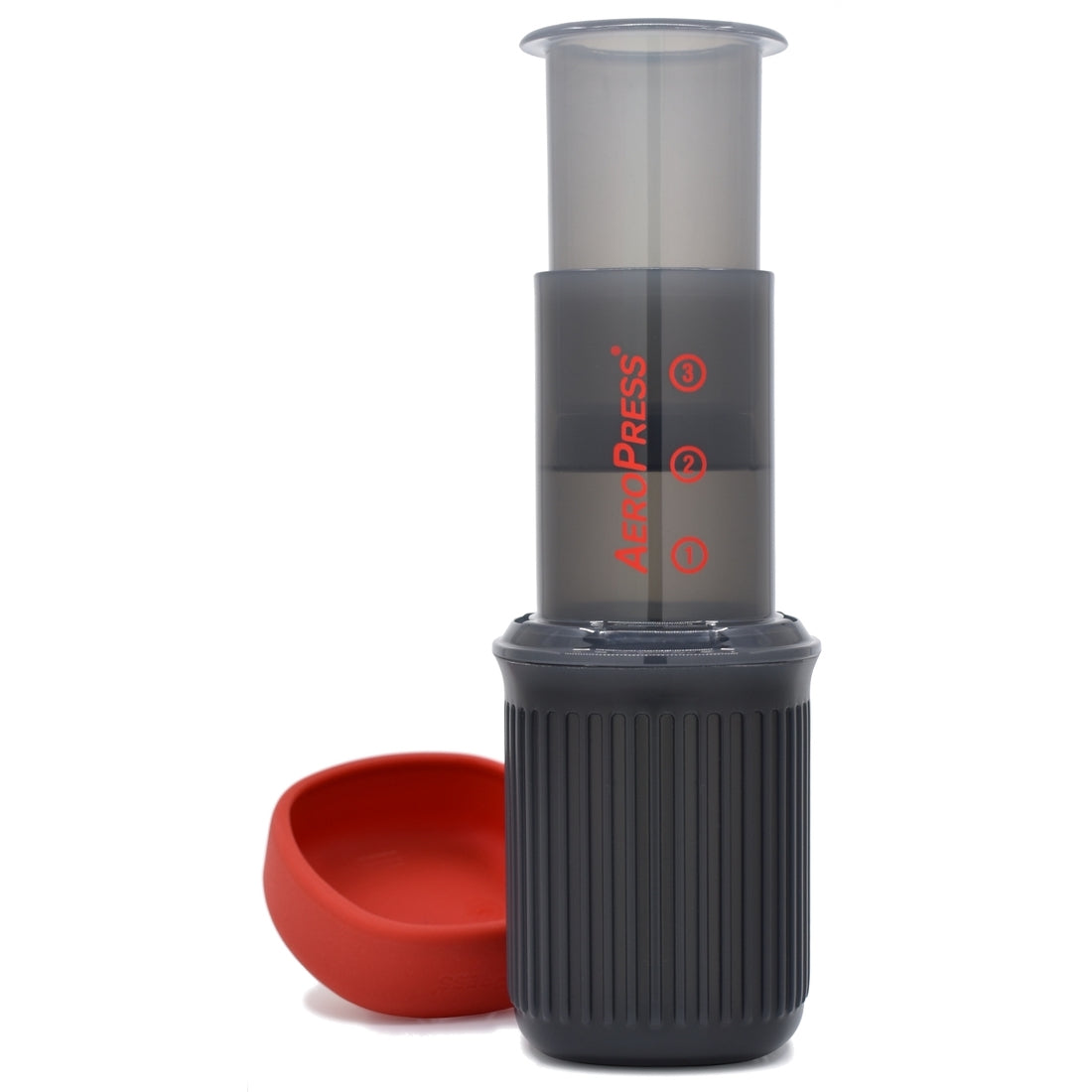Emergencies can happen at any time, and it's essential to be prepared for them. One of the best ways to prepare is by creating an emergency kit. Having an emergency kit in your home and car can help you survive in a crisis until help arrives. This blog post will guide you on how to create an emergency kit for your home and car.
Why Create an Emergency Kit?
Creating an emergency kit is a vital step in emergency preparedness. Natural disasters, such as hurricanes, tornadoes, earthquakes, floods, and wildfires, can strike at any time. In addition, human-made disasters like terrorist attacks, power outages, and accidents can occur without warning. Having an emergency kit will help you and your loved ones survive in such circumstances.
According to FEMA, more than 60% of Americans are not prepared for a disaster, and only 39% have an emergency kit in their home. The same study revealed that more than 50% of Americans did not have an emergency plan. This lack of preparedness can lead to devastating consequences.
Creating an emergency kit is easy and affordable. You don't have to spend a lot of money on fancy gear. Most of the items you need can be found at your local hardware store, pharmacy, or supermarket.
What Should Be in Your Emergency Kit?
Before creating your emergency kit, it's essential to understand what items you need to include. Your kit should include basic supplies and tools that will help you survive for at least three days.
-
Water
Water is the most important item in your emergency kit. You should have at least one gallon of water per person per day. If you have pets, don't forget to include water for them too.
-
Food
Include non-perishable food items that don't require cooking, such as canned goods, granola bars, and dried fruits. Don't forget to pack a can opener if needed. You should also include pet food if you have pets.
-
First Aid Kit
Your emergency kit should have a basic first aid kit that includes adhesive bandages, gauze pads, alcohol wipes, antiseptic solution, and pain relievers. If you have prescription medications, make sure to include them in your kit.
-
Flashlight and Batteries
In case of a power outage, it's essential to have a flashlight and extra batteries. LED flashlights are the best option as they are brighter and last longer.
-
Radio
A battery-powered or hand-crank radio can help you stay informed about the situation and emergency updates. Make sure to pack extra batteries or a hand-crank radio.
-
Whistle
A whistle can help you signal for help in case of an emergency.
-
Dust Masks
Dust masks can help you breathe in case of dust, debris, or smoke.
-
Blankets
Include blankets or sleeping bags to keep you warm in case of cold weather.
-
Tools
Include a multi-tool, wrench, pliers, and duct tape to help with basic repairs.
-
Personal Hygiene Items
Include toiletries like toilet paper, soap, and hand sanitizer. Also, pack extra clothing and shoes.
Creating an Emergency Kit for Your Home
Your home emergency kit should include enough supplies for every member of your household. If you have pets, don't forget to include their needs.
Here are some additional items to consider for your home emergency kit:
-
Fire Extinguisher
Include a fire extinguisher in your home emergency kit. Make sure you know how to use it.
-
Cash
In case of a power outage or ATM outage, it's essential to have some cash on hand.
-
Important Documents
Make sure to include copies of important documents like passports, birth certificates, insurance policies, and other important papers. Store them in a waterproof container.
-
Emergency Contact List
Include a list of emergency contacts, including family members, neighbors, and emergency services like fire and police.
-
Maps
Include maps of your area, including evacuation routes and emergency shelters.
-
Pet Supplies
Include extra food, water, and supplies for your pets, including their medical records.
Creating an Emergency Kit for Your Car
Your car emergency kit should be compact and portable. Here are some essential items to include in your car emergency kit:
-
Jumper Cables
Include jumper cables to jump-start your car in case of a dead battery.
-
Tire Repair Kit
Include a tire repair kit in case of a flat tire.
-
Road Flares
Include road flares to signal for help or to alert other drivers.
-
Portable Phone Charger
Include a portable phone charger to charge your phone in case of a dead battery.
-
Blanket
Include a blanket or a space blanket to keep you warm in case of cold weather.
-
Water and Snacks
Include water and non-perishable snacks in case of an emergency.
-
Flashlight and Batteries
Include a flashlight and extra batteries to see in the dark or to signal for help.
-
First Aid Kit
Include a basic first aid kit that includes adhesive bandages, gauze pads, alcohol wipes, antiseptic solution, and pain relievers.
-
Multi-Tool
Include a multi-tool, such as a Swiss Army Knife, to help with basic repairs.
Be Prepared for Emergencies: Create an Emergency Kit for Your Home and Car
Creating an emergency kit is a vital step in emergency preparedness. Having an emergency kit in your home and car can help you survive in a crisis until help arrives. Your emergency kit should include basic supplies and tools that will help you survive for at least three days. You don't have to spend a lot of money on fancy gear; most of the items you need can be found at your local hardware store, pharmacy, or supermarket. In case of an emergency, it's essential to stay calm and follow the emergency plan that you have created. Remember, being prepared can save lives.









